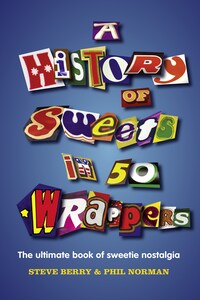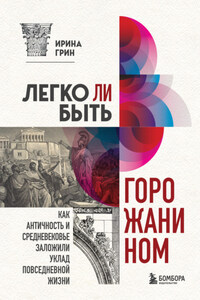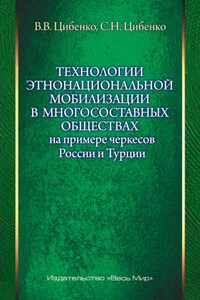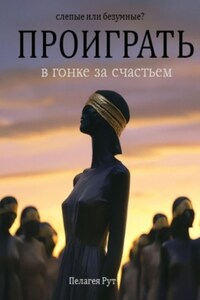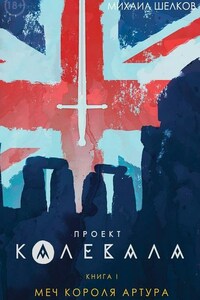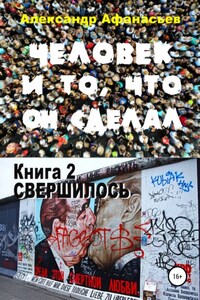INTRODUCTION
Modern chocolate has a truly global heritage. The ancient Mayans were the first to tap into its unique charms. They harvested cocoa beans as currency, bartered them with the Aztecs for jewellery and - who knows? - probably ripped off their own grannies down the Yucatan branch of Cash4Cocoa. More importantly, they also roasted it for a spicy, astringent drink called xocolatl, but the secret was soon stolen. The victorious Spanish conquistadors left Mexico with galleons-full, which made them very popular back home. Europe’s well-to-do queued up for their morning draft of ‘good hot jocolatte’, adding milk, cinnamon, nutmeg and sugar - anything to embellish the rich, unctuous taste. It wasn’t until the development of the cocoa press (by Dutchman Casparus Van Houten - no relation to Denise), which separated the fatty cocoa butter from the dark chocolate powder, that anyone thought to start moulding it into solids.
Confectionery, not necessity, was the mother of invention. Technological breakthroughs followed accordingly: Menier’s chocolate factory (1829); Nestlé’s milk powder formula (1867); Sechaud’s chocolate-filling machine (1913). Each brought affordable, tangible chocolate morsels closer to the (cocoa) masses. Never mind 1066 and all that: as industry laureate elect Roald Dahl zealously declared, ‘These dates are milestones in history and should be seared into the memory of every child.’ Knowing old Roald, he probably meant that literally. Still, it’s no less gruesome a fate than drowning in a river of chocolate, Augustus Gloop-style.
Factories and familiar names sprang up across Britain – Fry, Cadbury, Rowntree – in the most part run by teetotal, pacifist men of faith who believed in the beneficial properties of their product. Little by little, chocolate revealed its versatility: as a gift for a loved one; a reward for an obedient child; or an amuse-bouche at the ambassador’s receptions. Our appetite for the brown stuff continued to develop down the years, particularly around Christmas time. Even after roast turkey with all the trimmings, there always seemed to be room for a little segment of Terry’s tap-it-and-unwrap-it Chocolate Orange.
The passing of time has brought with it more heinous crimes and unearthed the sinful side of the cocoa bean. In recent years, chocolate has been used and abused, whether as a shower-clogging syrup substitute for blood in Hitchcock’s Psycho, or a saucy, valance-staining body paint for bawdy bedroom shenanigans. And what is the point of those edible toolkits? They’re about as much use as a chocolate chastity belt. (Although the spanner might be quite handy for wrenching one open.)
Elvis Presley loved it. Saddam Hussein lived on it. From fountains and fondues to Scottish deep-fat fryers, chocolate gets everywhere. Especially over kids’ faces. Before you know it, we’ll be using it as currency. Chocolate coins, eh? Whatever next?
Badge manners? Rolo (1937), Aztec (1967) and Curly Wurly (1970) lapel decoration opportunities for chocoholic kids.
ONE CHUNK LEADS TO ANOTHER
The first solid block of edible chocolate appeared in this country in 1847, courtesy the Fry brothers of Bristol. Although ‘edible’ in this case is a loose definition: even by the standards of today’s pure cocoa brands, this one was a bitter tooth-breaker. It was only after Swiss chocolatier Daniel Peter unveiled the Gala Peter in 1886, the first soft milk chocolate bar, that bars of chocolate looked like they might be a good sister product for the already popular drinking variety.
There were scores of technical problems to overcome first, mainly to do with milk’s tendency to go off at the drop of a hat. By 1902 Fry’s had perfected their weirdly named Five Boys, and Rowntree punted out an Alpine Milk bar. This name was a bit of a giveaway that, as far as the public was concerned, in chocolate terms it was Swiss or nothing, a state of affairs underlined two years later when Nestlé imported the esteemed Kohler and Cailler recipe to their UK factory.
In the end, slow and steady George Cadbury won the race. Eight years in development, his Highland Milk bar tasted good enough to beat the Swiss. It was renamed Dairy Maid, and shortly after renamed again to Dairy Milk, on the advice of a Plymouth shopkeeper. Boasting ‘1½ glasses in every ½lb’, it was launched in 1905 to great success. A year later, the plain Bournville appeared, followed by Fruit and Nut in 1928, Whole Nut two years after that, and a slew of tasty fillings from Caramello to the raisin and biscuit Tiffin from 1934 onwards. It wasn’t Cadbury’s game entirely – Nestlé added Rice Krispies to make their Dairy Crunch in 1938 – but a reputation was being forged. Even Hitler couldn’t stop its advance: one press ad in the bleak days of 1939 advised: ‘The habit of taking a block of Cadbury’s Dairy Milk per day has been medically recommended as a sensible personal precaution for this autumn and winter.’ If, of course, you could get hold of any.

